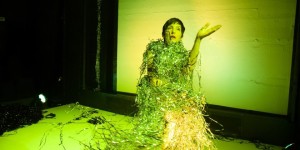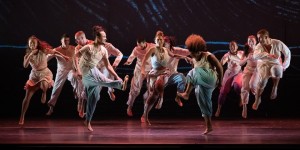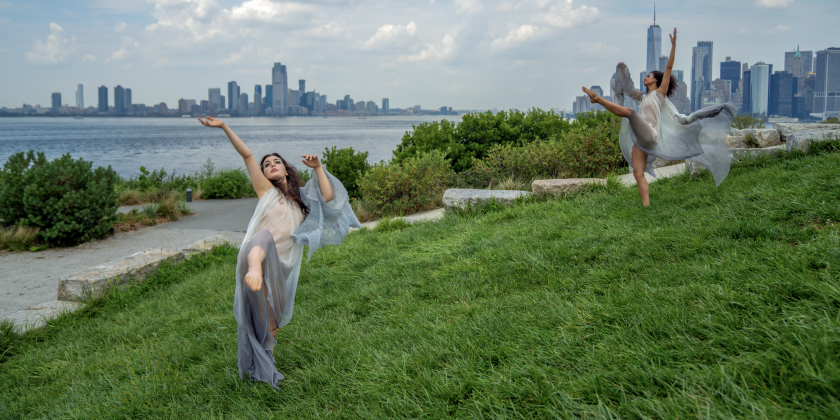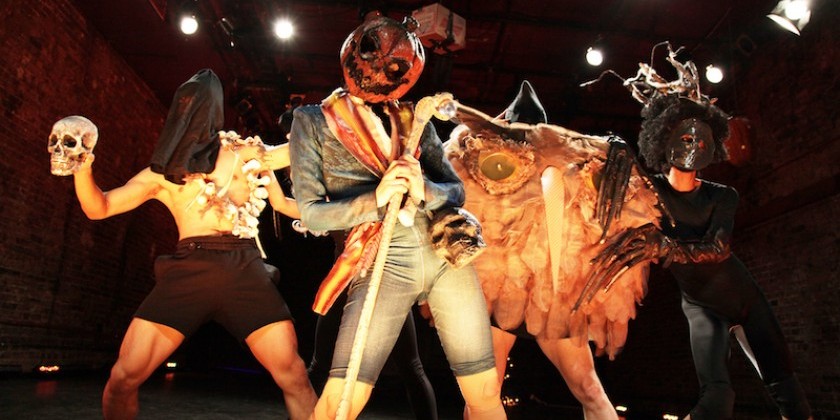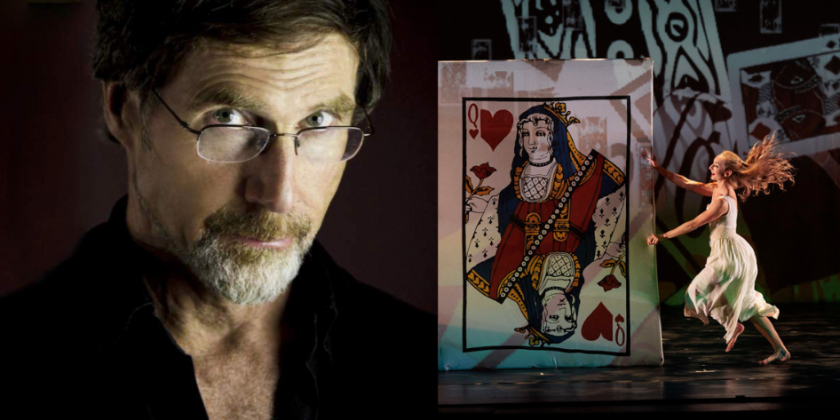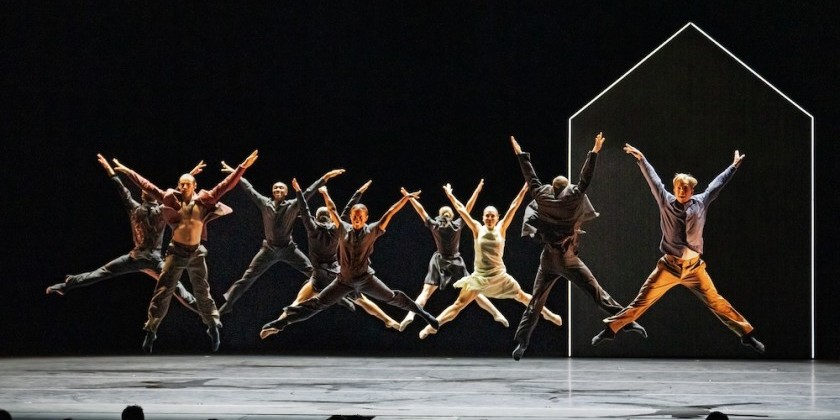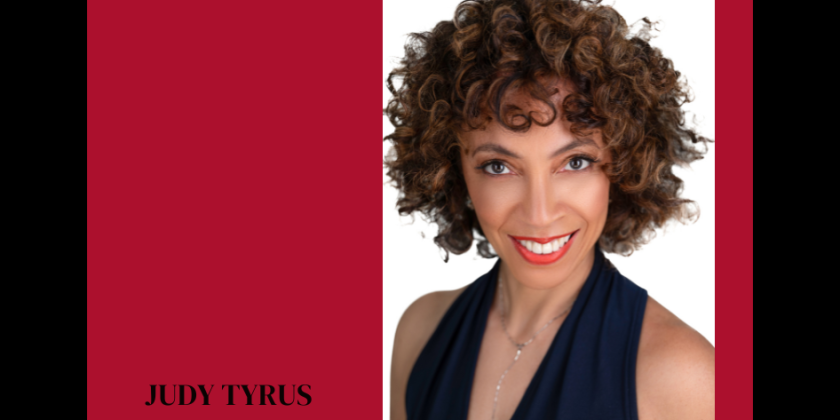THE DANCE ENTHUSIAST ASKS: Lukas McFarlane, Kate Prince, and Sting, "Message In A Bottle" Comes to City Center
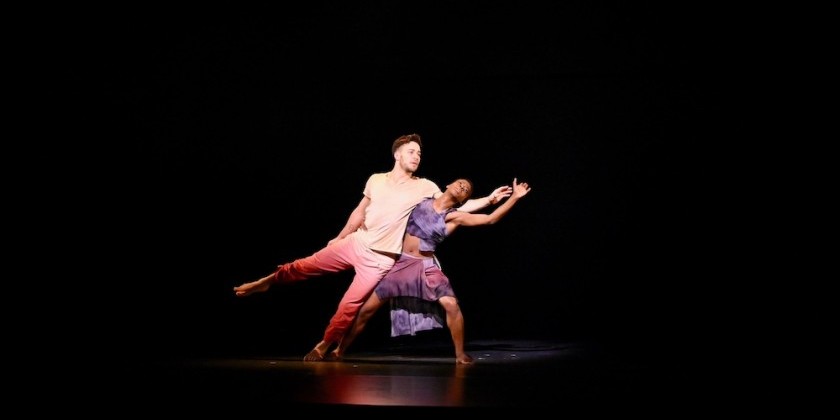
Message In A Bottle
WHERE: New York City Center | WHEN: April 30 - May 12, 2024
OTHER SHOWS: The Kennedy Center in California + Knight Theater in North Carolina
Previously at Boston's Emerson Colonial Theatre | WHEN: March 26 - 30, 2024
MORE INFO: Visit the official website
Lukas McFarlane, a dancer and choreographer from Calgary, Canada, became a household name in the United Kingdom when at the age of nineteen, he won SKY1’s popular television competition show Got to Dance. Since then, he’s carved out a dazzling career. He’s danced with Taylor Swift, Celine Dion, and Pink; directed and choreographed for brands like GAP and UNIQLO; and, he’s shared his skills on television shows such as “The X Factor,” and “The Voice” to name a few.
This spring, we lucky folk in the United States will get to see McFarlane at work in the role of 'Leto,' one of the lead characters in the acclaimed theatrical production Message In A Bottle, inspired by, and filled with hit songs by the iconic musician, Sting.
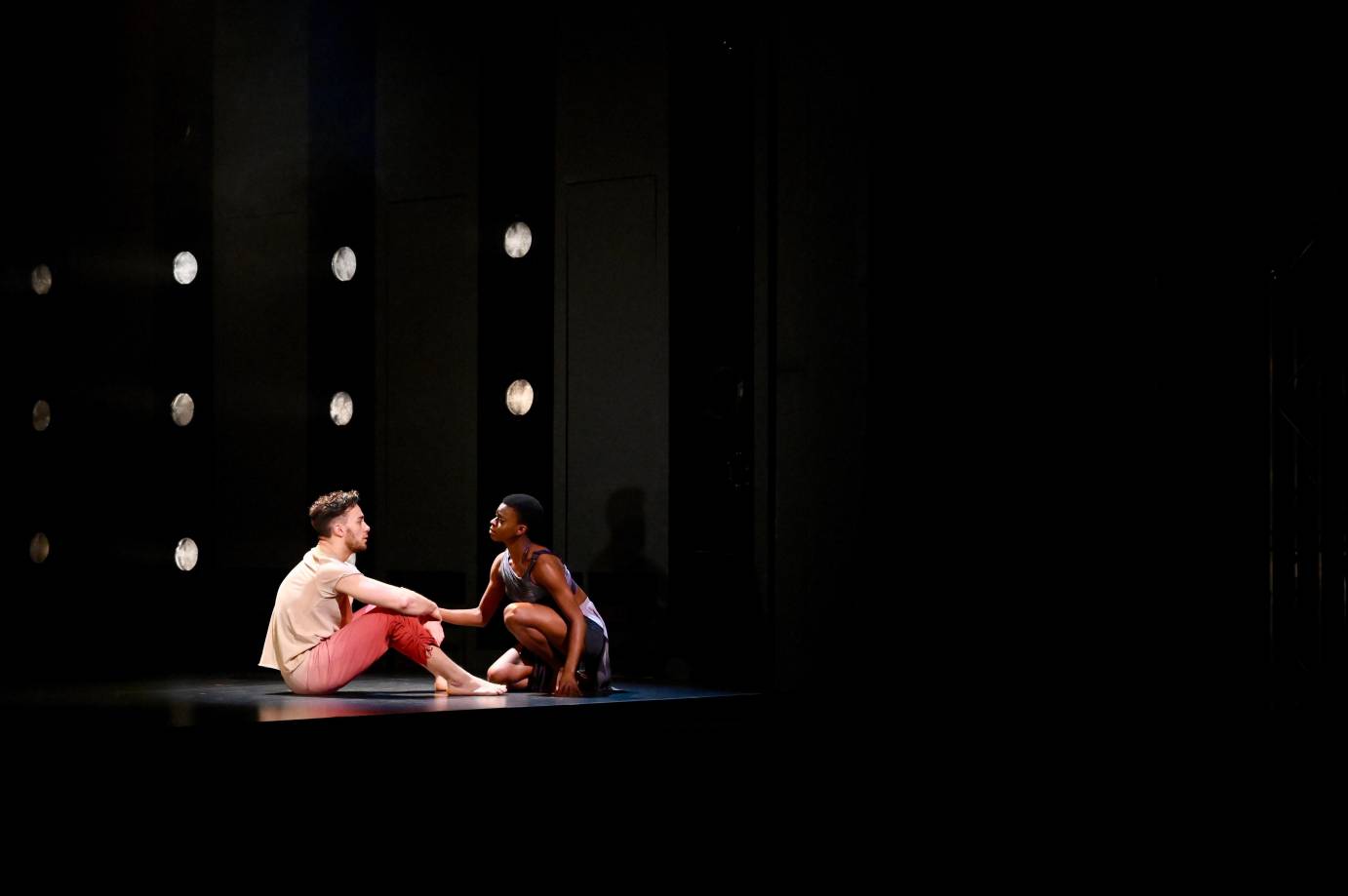
In addition to dancing on the show, McFarlane works as associate choreographer with Kate Prince, the show’s originator, lead choreographer, and associate resident artist with her company, Zoo Nation, at the Old Vic and Sadler's Wells in London.
The story goes that Prince, during her honeymoon on a beach in Greece, was listening to Sting’s Message In A Bottle. This was a song she’d loved since she was a girl (even choosing it to be played at her wedding). Lost in thought, she casually wondered what it would be like to create a play based on Sting’s music. Upon returning home to London she mentioned her idea to Sadler's Wells artistic and co-chief executive director, Sir Alistair Spalding. From there wheels were set in motion, meetings had, stars aligned, and a play was born.
Message In A Bottle is currently in the middle of its ten-city North American Tour and McFarlane says to potential audiences, “I promise you, it's like nothing you've experienced, in the best way.”
I had the pleasure of chatting with Lukas McFarlane about his participation in Message In A Bottle his career start in competition dance, and the importance of keeping an open mind.
Christine Jowers for The Dance Enthusiast: I watched your final dance number for the Got to Dance program. You did some furious à la seconde turns that were really amazing.
Lukas McFarlane: Yah, those turns are like competition gold — everything I learned growing up in the competition dance world in Canada. And actually, I didn’t want to do that TV show. I wanted to be a dancer. When the show approached me I said no a couple of times. Then, flash forward, I ended up winning, which was so not the plan at all. But it obviously changed my life.
You wanted to be a dancer. Concert dance? Commercial?
Commercial dancer. I mean, I trained in everything. I'm actually a tap dancer first. That was my first love. But I decided not to go the concert route even though I got accepted into Ailey and Tisch in New York. I wanted to be a backup dancer. That was my dream when I was 18, to dance with the big singers. So, I moved to London and was pursuing that for a long time, with lots of rejection, as happens [when you enter] in a new industry. When they approached me for the TV show, it wasn't really the route I wanted to go. I wanted to have clout as a working professional dancer, not as a TV star.
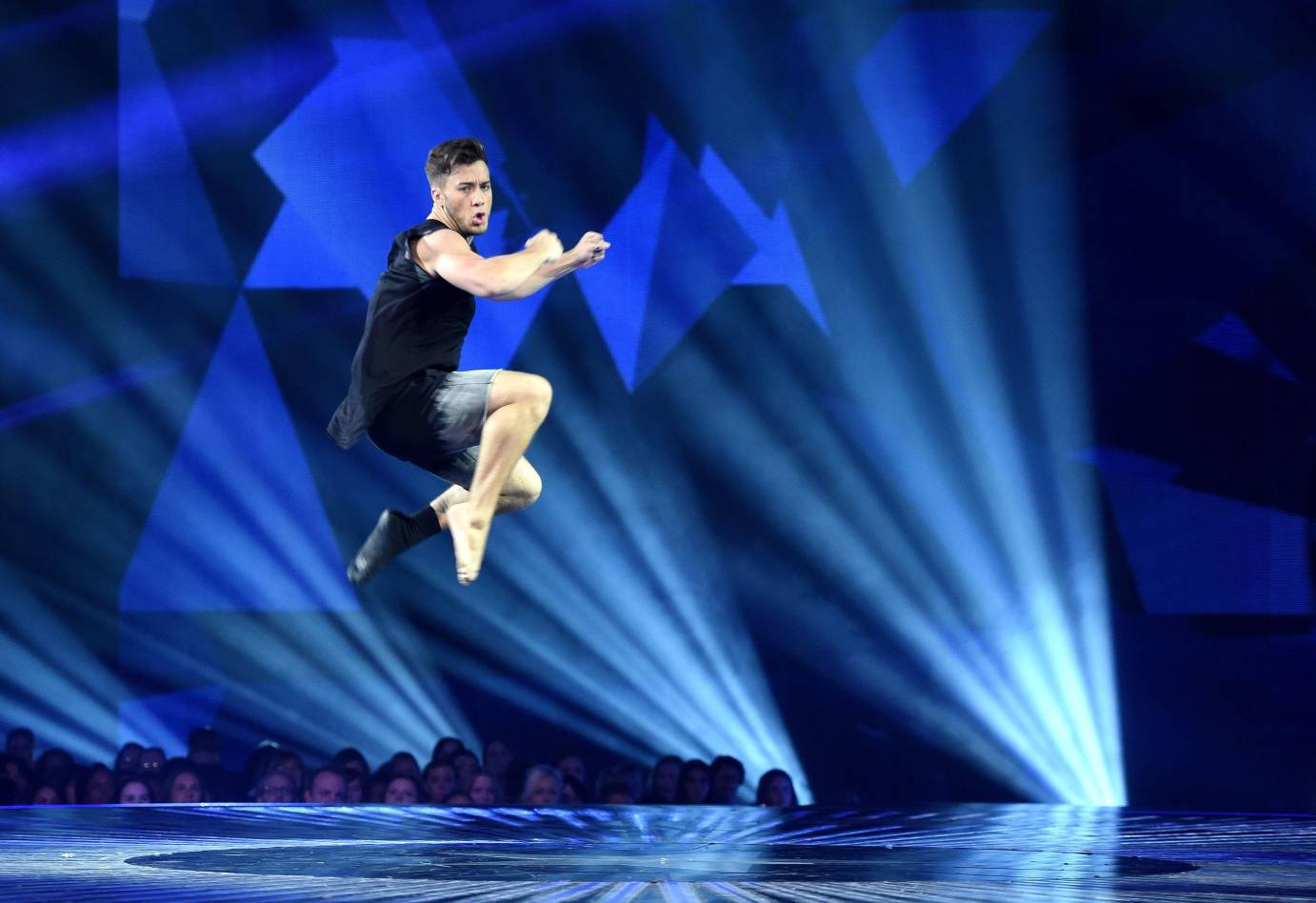
Really? Good you changed your mind.
It's interesting how that show opened so many doors for me that, had I stayed auditioning, would not have been opened. That was one of the biggest lessons I learned and something I preach to my students: Don't have your blinders on, especially at the beginning of your career, because you never know what door is gonna open what other door. To say, "I only want to do this," takes away so much opportunity.
Before Got to Dance, had you ever performed for such a large audience?
I don't think many dancers get to perform as themselves for millions of people! That was just “me” onstage and that was kind of crazy. Very pressure filled for little 19-year-old and, especially in hindsight, I have a lot of compassion for young me and what I had to go through mentally. I was grateful to be a front runner, but that also came with its own pressures. My brain couldn’t comprehend what was happening to me so quickly, especially after the show and winning. They didn't have support systems in place then like they do now.
What were the downsides?
The day after the show ended, I was in my flat and it was, “Here’s your money and have a good life.” I had no idea how to cope, move forward, or how to use this platform. People wanted to take advantage of me.
I got a manager. It didn't really work out. I got another manager, that didn't really work out. Its funny, I came off this show and just went to anybody who wanted me, I needed support. My parents were in Canada, across the world. None of my peers had gone through what I was going through. So, I ended up making a lot of other people a lot of money for a long time.
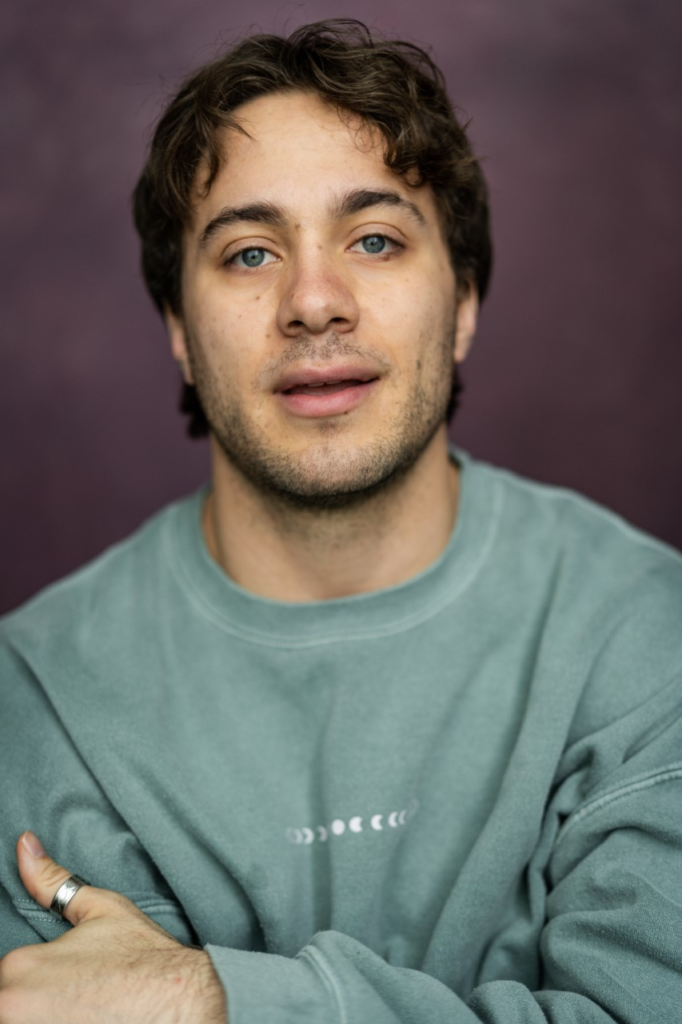
So sorry to hear.
It was also an opportunity and awesome. I met incredible people and I got to do amazing things. There isn't a dancer in the UK who doesn't know my name and that's wild for a performer who is usually behind the singers. To have such a profile as a dancer and a choreographer, well, I’m very grateful for that opportunity, and all it taught me.
What kind of support systems are there now for competition dancers?
Well, there's a lot more mental health advocacy, more support after your show. I did the World of Dance in America with my best friend in 2018, and immediately we were brought to a room with people asking us how we were doing. We got three-month and six-month check-ups afterwards as well. They’ve learned what an impact these TV show bubbles have, and how “not-like-real-life” it is, especially for young people.
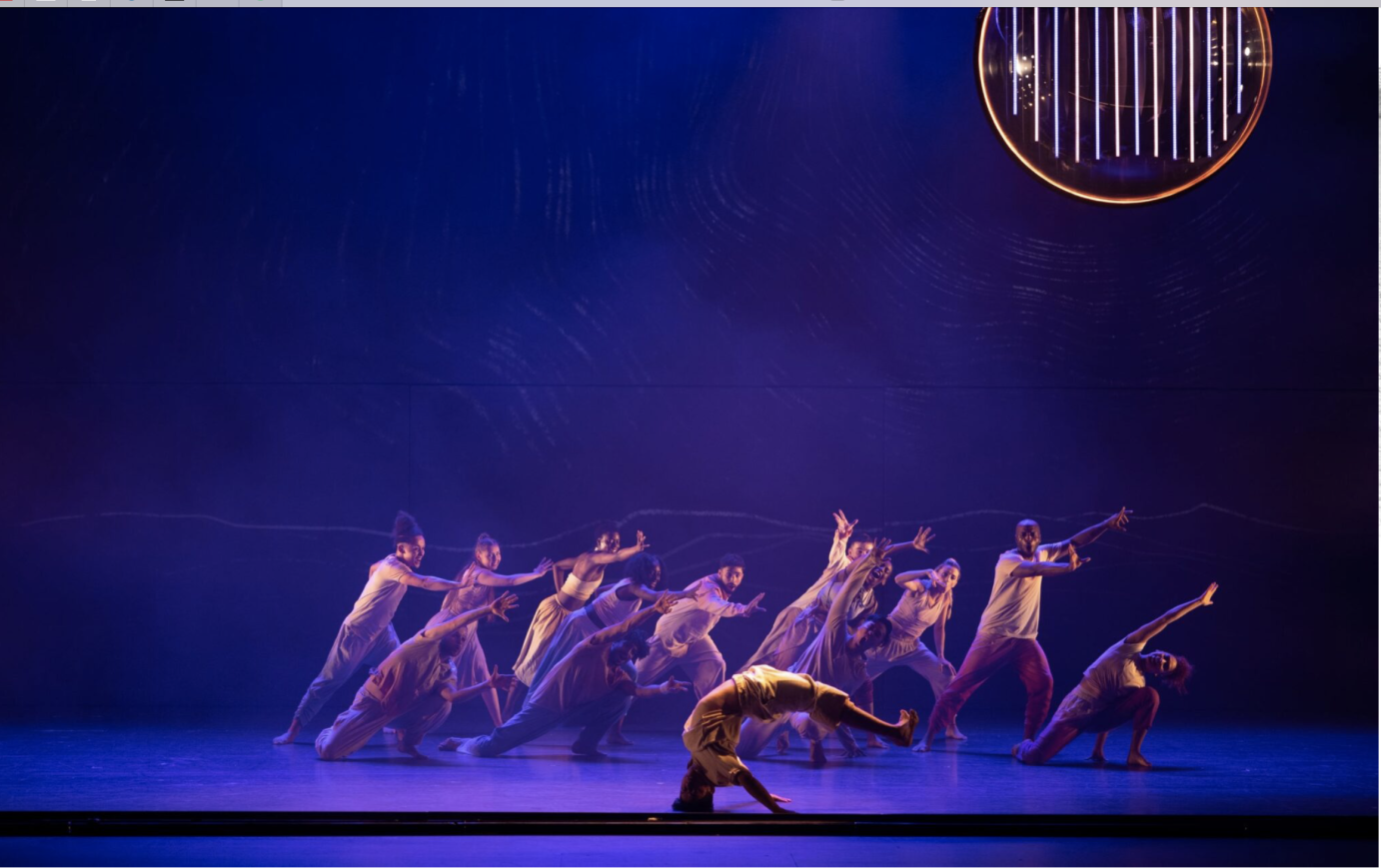
How did you get involved with Kate Prince and Zoo Nation?
I got an email in 2017 that said: “Hi Lukas, my name is Kate Prince. You are one of my favorite performers and contemporary dancers. I'm creating a show to Sting’s music and I want to meld contemporary dancing with hip hop."
I didn't know that she even knew who I was. That was really cool. Kate has a huge profile in the UK and Zoo Nation has been around doing great work forever. It was a huge honor to be asked to work with her. I wrote back, “I’m a massive fan of yours.” And obviously, I said YES [to working with her].
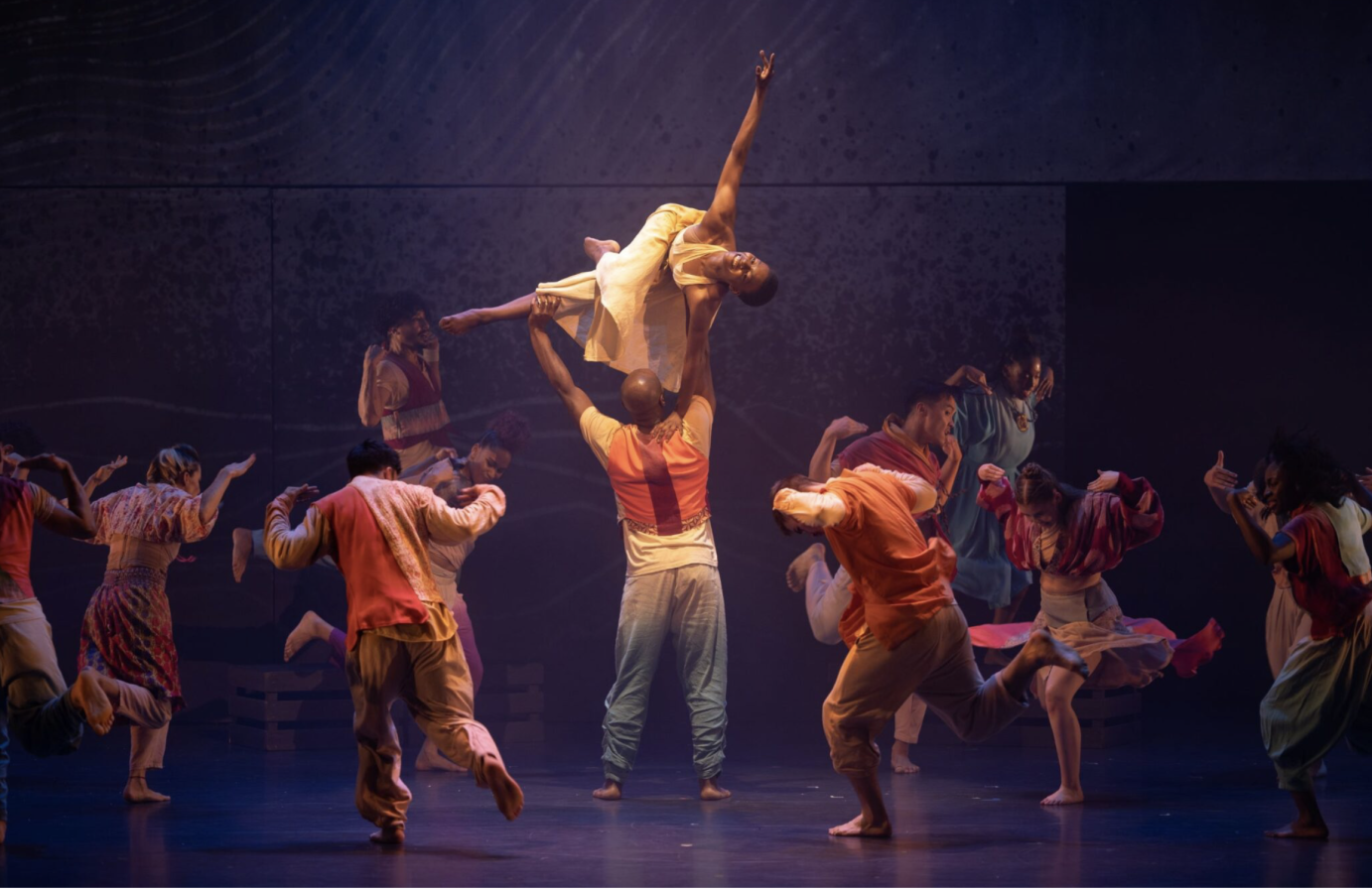
So we got in a room and conducted our first two week workshop creating six or seven pieces with fifteen dancers. At the end of it, Sting and his manager came into the studio to watch. Sting had a visceral reaction and was so emotional about it. He asked us to please make this show now, which was very cool.
And that was the beginning. It all started with an email.
What I didn’t realize, until I saw a press video of the first act, is that the entire piece is danced. I was waiting for someone to come out and speak or sing, but there is no script other than Sting’s poetic music. The story line rides on all of you dancers. Now that’s a challenge.
Dance is a universal language. What we do can be felt by anyone. No matter where you are in the world, no matter what language you speak. And Sting’s lyrics support what we do on stage, what he was writing about in the '80s is so relevant now. All his songs address very real political and social situations. It was crazy how easily they fit into our narrative and how Kate arranged them and chose certain parts of them to tell our story.
The rearrangements by Alex Lacamoire are incredible as well. He totally flipped some of these songs on their heads for us to tell our story in a brilliant way. It was to the point that Sting even re-recorded some tracks specifically for our show, which is mind blowing. We were very blessed to have been given the green light to do what we wanted to with Sting’s music.
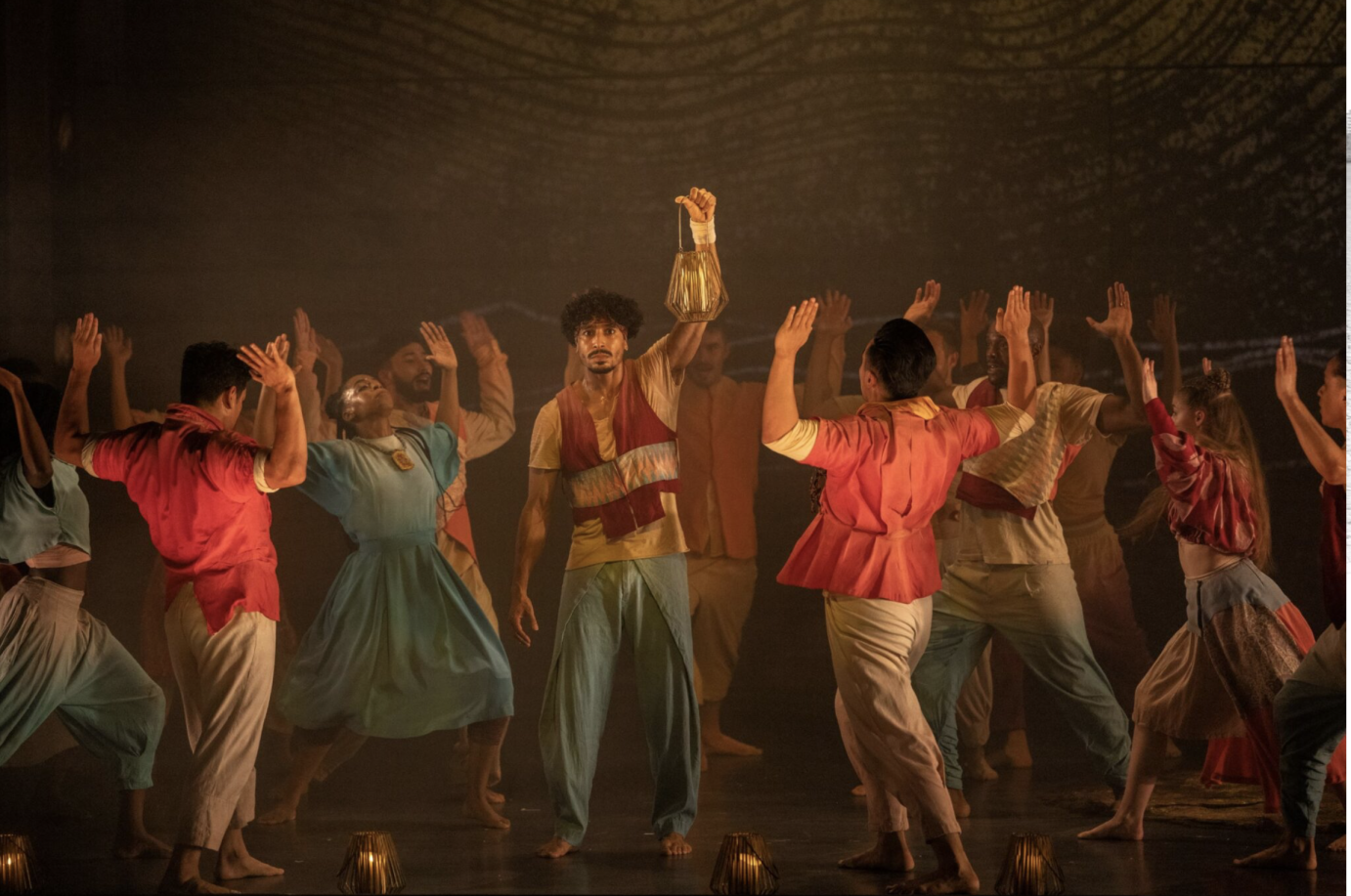
The show covers the story of a family who is displaced by war and becomes refugees — very current — and you play one of three siblings in that family. Weren’t you originally hired to assist with choreography?
After that first workshop, when we got the green light to go ahead, Kate said that she’d love me to be the associate choreographer on this and make the piece with her. She also said “only if you'll play the older brother, because I really do not see anybody else doing this.” I said yes. I got to perform and to create — a beautiful melding of these two things I love doing. I perform a role I really care about, in a story that's important, and as character which was created on me. It is a dream.
Was it challenging to play the part of a character on a perilous journey?
"Message In A Bottle" has some heavy moments. These are based on the stories of real people in crisis that we deeply researched in order to develop this show and to understand the story we were telling. Bringing myself to a dark place every night is quite hard, and a lot of us feel the burden and the weight of this not only physically, but mentally. Still, I want to do this because I think my character deserves it. Ultimately, "Message In A Bottle" is a story of hope and love.
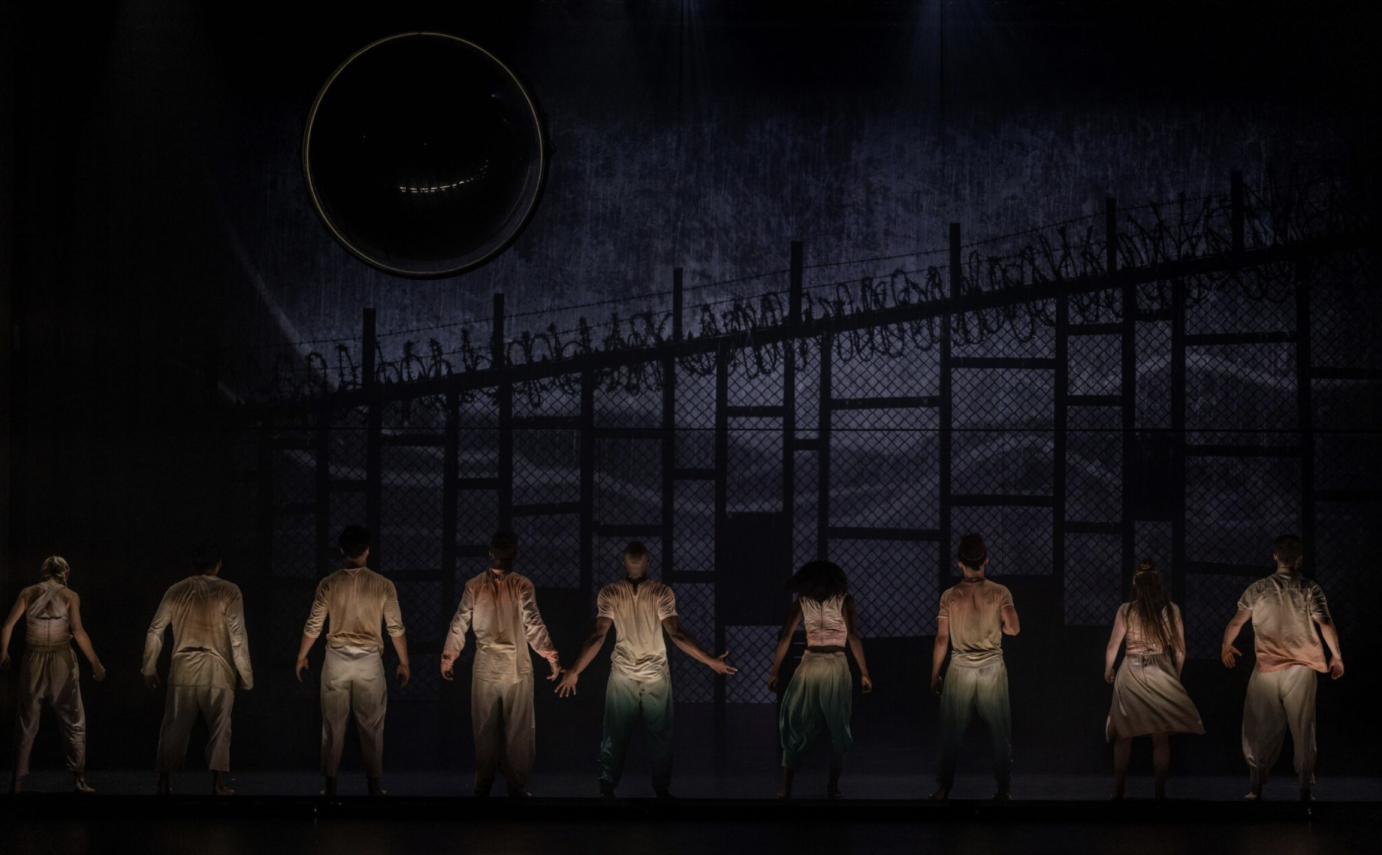
I read that part of the process for Message In A Bottle was for the cast to keep daily diaries as their characters. That exploration intrigued me. Can you tell us more about it?
When we first created the show in 2019, Kate and I knew the story, but we didn't tell anybody else in the cast. They only knew their character's names. We created sequentially, and as we went along the dancers were asked to keep diaries as their characters, to write about what their characters were going through. So every day we'd show up and we'd be like, well, this happens to you today, and this life-altering event occurs the next. It was a beautiful organic way for them to experience the journey their character was taking. And because we created over 10 weeks, an unusually long process—which was a gift as well—by the end, everybody really understood who they were, what they'd gone through, and the importance of the accumulation of their stories.
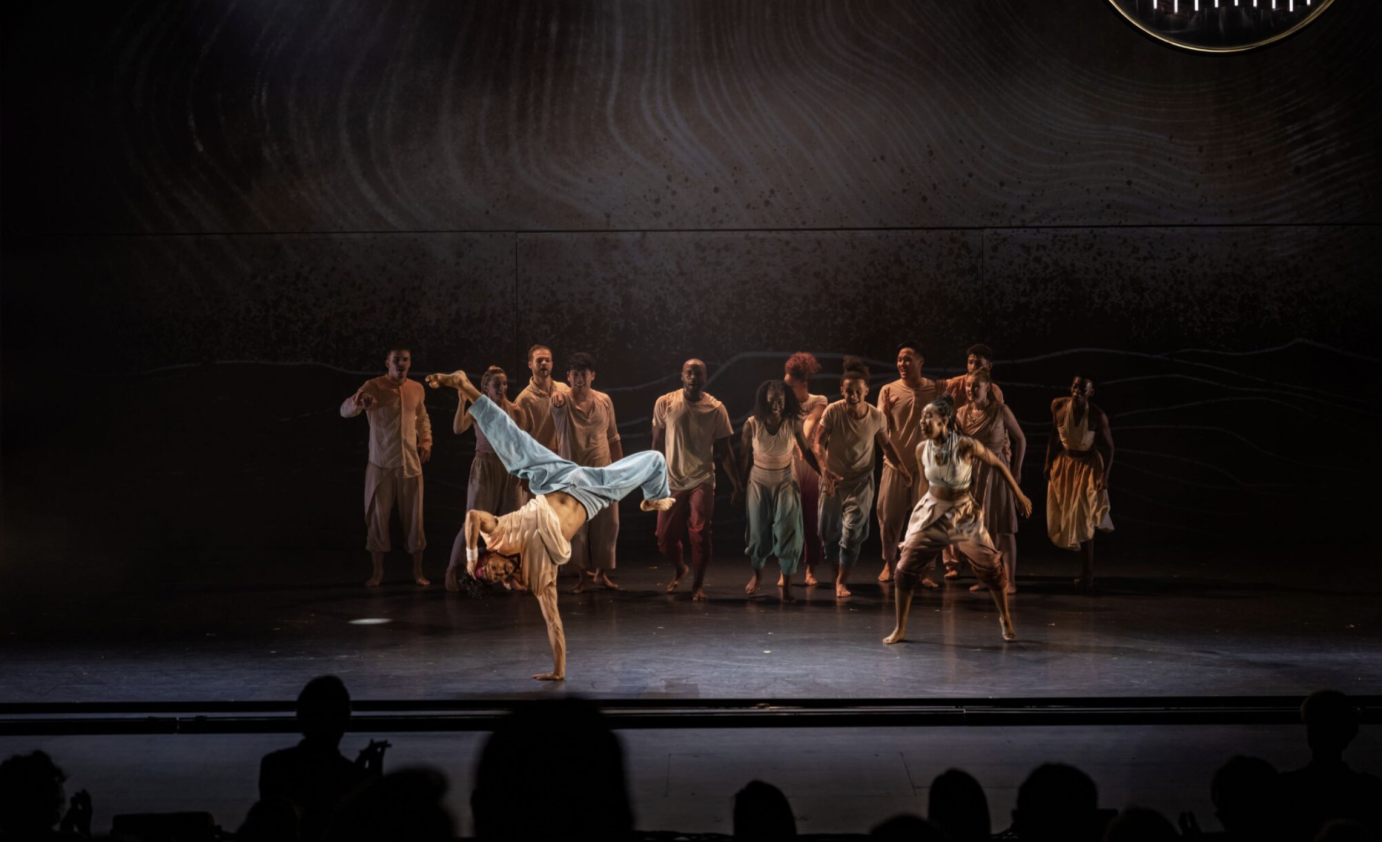
I love that character-driven approach to dance, it’s so beyond “5,6,7,8, step, kick.”
The way we created was to block every number without choreography first, to make sure all the story points were there. Then we went back and added steps. Kate’s first love is telling stories. That is how she makes work. Then we continuously asked ourselves when creating the steps: "Why are we doing that? What does this do? Is it necessary?"
And you know, Kate, she’s very very good at that. She’s a genius at what she does.
Enjoy a Video of Sting Recorded Prior to Message In A Bottle's Premiere at Sadler's Wells in London.




